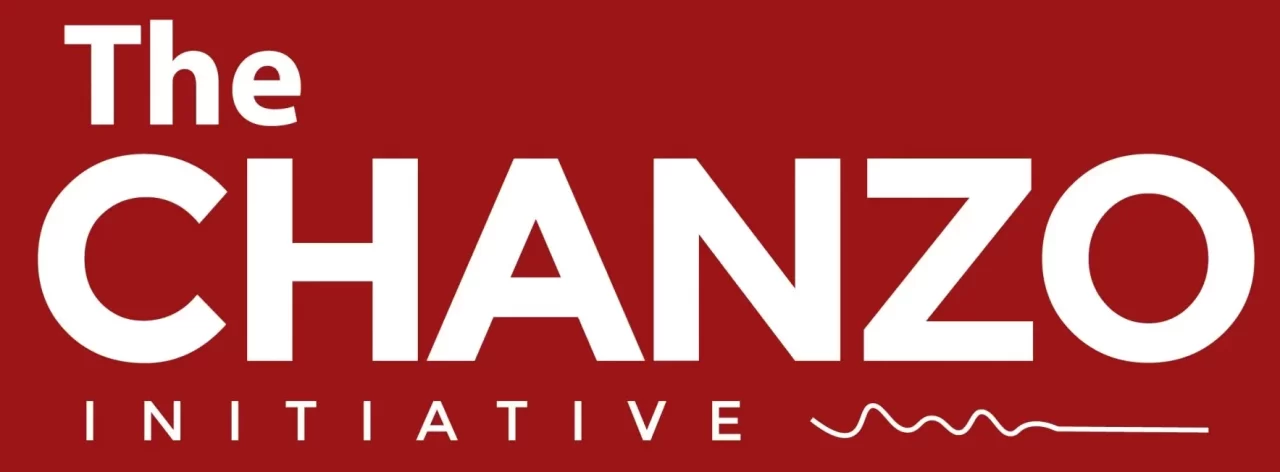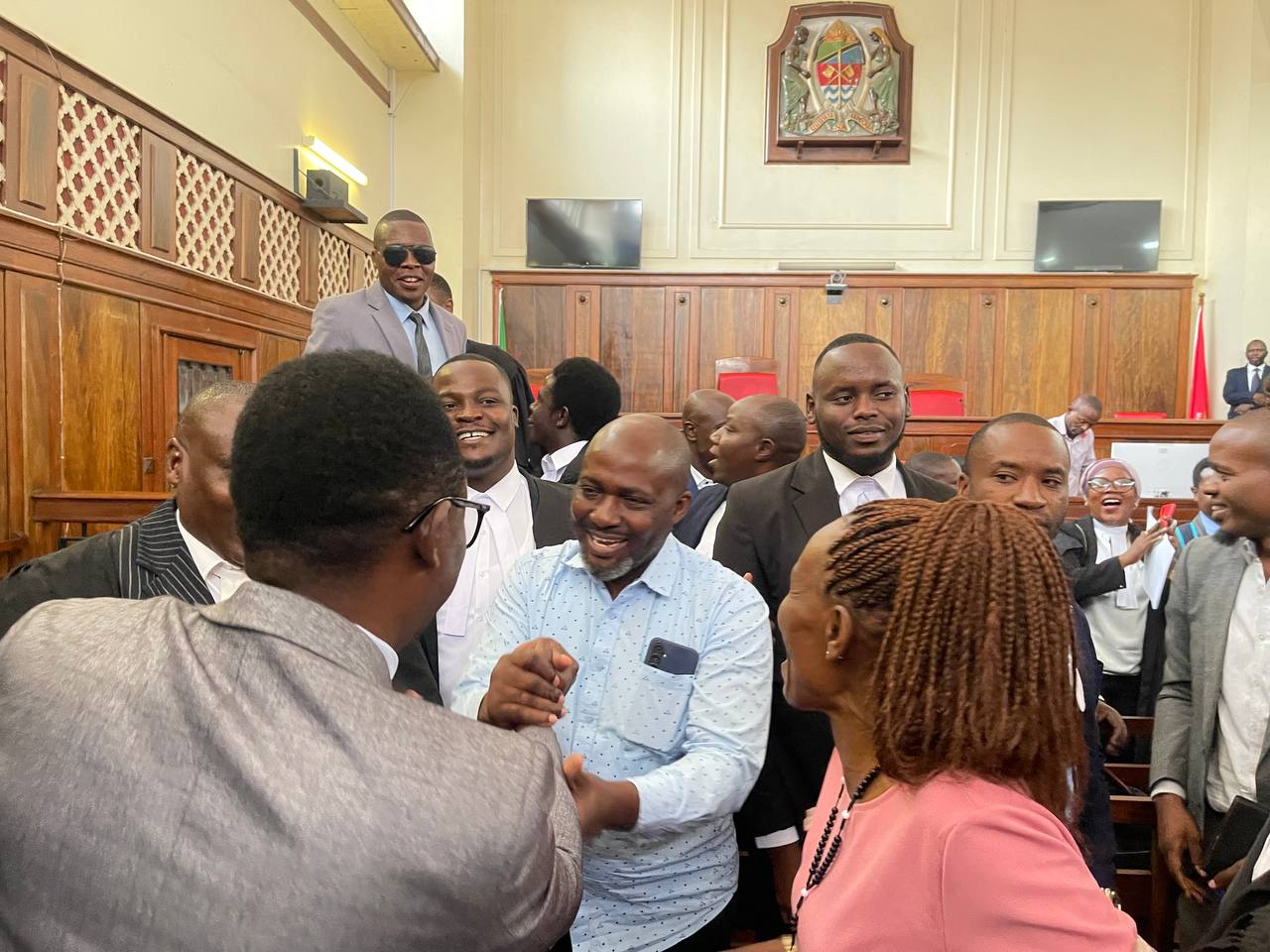The planned relocation of the native people from the Ngorongoro conservation area has left a sour taste in the mouths of many and sorrow in the hearts of the victims. At issue here is the government’s true intentions and determination to move the people from an area where they have been living for decades in a manner that is marred with controversy.
What is more disheartening is that the government’s explanations have not satisfied a myriad of queries on the whole exercise. The government has also not shed more light on serious issues raised concerning the designated areas – Kitwai village in Simanjiro, Manyara and Msomera village in Handeni, Tanga – where people who would be willing to leave Ngorongoro will be relocated.
The government has said in the designated areas volunteers will be provided with housing as well as land for their economic activities- grazing and farming. But a fact-finding mission conducted in March 2022 found out that there were serious flaws in the government’s plans to relocate the indigenous Ngorongoro residents to the designated areas.
Issues raised by the report included the failure to consult communities in Msomera and Kitwai areas; lack of adequate water and grazing land in selected sites; concerns over promised social services; risk of conflict; and incomplete resettlement plans. These concerns have not been well addressed.
On May 25, 2022, indigenous people living in Ngorongoro submitted a report to the government containing proposals on conservation in Ngorongoro which could facilitate people-animal coexistence The report shows how people and animals could live together in a natural setting without too many threats to the survival of the latter.
Prime Minister Kassim Majaliwa received the report on the behalf of the government and told the representatives of the people who submitted the report not to listen to the words of critics.
The only problem is in the inadequacy of the alternative voice for the indigenous people given the fact that the government’s communication strategy on the Ngorongoro issue is wanting.
If there were good intentions for moving the indigenous people from Ngorongoro in such a manner then the good intentions have not been well communicated. Whether this is a result of a weak link between the Prime Minister’s Office that coordinates the relocation and the ministry responsible for tourism and conservation remains to be seen.
Budget speech
It is for that matter that stakeholders had hoped that in the budget speech she tabled in the parliament on June 3, 2022, the Minister for Tourism and Natural Resources Pindi Chana would have expounded in much more detail on the Ngorongoro relocation saga in a manner that would have addressed concerns.
Alas! The budget only contains a 178-word review of the government’s plans to relocate the indigenous people to Handeni and Simanjiro. There is no explanation that positively pushes the issue forward from where it is now.
Budget speeches are the most important policy statements of the year that show the government’s priorities, strategies and plans going forward in specific sectors. They are not just summaries of revenue and expenditures of ministerial portfolios.
Expectations were that the minister would have, at least, given clues about the future of the multiple-land use policy that has made Ngorongoro Conservation Area a unique geographical spot in Tanzania.
Does the planned relocation signify the end of the policy? If not, what will determine who stays and who moves? What if most of the people refuse to move? Will they be forcefully evicted? If the government resorts to stifling the indigenous people’s economic activities for the sake of conservation as claimed in the past, including in the government’s own reports, will it be responsible for any humanitarian crisis in the area?
Indigenous people’s report
The government would do better to pay heed to the indigenous people’s proposals and respond to them adequately. The sooner it does so the better. The report raised issues that are at the centre of the relocation saga and which should be adequately addressed.
One of the issues is the role played by the establishment of tourism facilities as well as general tourism activities in threatening the viability of Ngorongoro’s status as a UNESCO world heritage site.
The report noted that the number of tourist accommodation facilities has been increasing steadily from three in 1960 to 58 in 2022 with a capacity of over 620 beds in 2022.
It is known that wildlife areas are very delicate and sensitive to intensive human activities in the form of construction, drilling etc. What has been the impact of the construction of all these facilities in Ngorongoro? Why is ‘everything’ being blamed on the indigenous people?
In her budget speech, Ms Chana says one more five-star hotel is coming to the Ngorongoro Conservation area from Bulgarian investors. She touted this as the outcome of the Royal Tour documentary.
Of course, she didn’t say what impact, if any, the establishment of this facility will have on the Ngorongoro ecosystem, or what this planned investment says about the government’s real intentions to relocate the people.
“While many tourist facilities translate to huge cash, most of the facilities are located in ecologically sensitive areas comprising wildlife corridors or animal hideouts such as Ndutu/Masek area and the Crater rim. These facilities have impacted ecological integrity of the area involving drained water sources,” the report by native people says.
The report also had issues with the number of tourists visiting the Ngorongoro Crater floor per day, which in all earnest, contributes to the degradation of the conservation area ecosystem.
The report says, for example, that in 2018 the Crater floor received 73,514 tourists, which was about 350 tourists per day in peak season. This is a very big number of tourist activities on the Crater floor, which the government has not seen a reason to reduce.
Unregulated tourism activities
Experience in neighbouring Kenya has shown that unregulated tourism activities which include the wanton establishment of accommodation facilities in national parks have led to the destruction of the natural environment and depletion of wildlife. The case in point is the Masai Mara national park.
Another issue raised by the indigenous people is the issue of trophy hunting. This is one major contributor to the depletion of wildlife. It is also so lucrative to malfeasant officials that it is marred by abuse and corruption which has been one of the reasons cited for eviction and relocation of native peoples from their areas.
The government should take the people’s advice contained in the report and agree to commit itself to absolute willingness to relocate on the part of the indigenous people. Conditions should be made to ensure the government’s commitment to the willingness to relocate is verifiable by independent observers and activists.
Damas Kanyabwoya is a veteran journalist and a political analyst based in Dar es Salaam. He’s available at dkanyabwoya@gmail.com. He is also on Twitter as @DKanyabwoya. These are the writer’s own opinions and it does not necessarily reflect the viewpoint of The Chanzo Initiative. Want to publish in this space? Contact our editors at editor@thechanzo.com for further inquiries.




